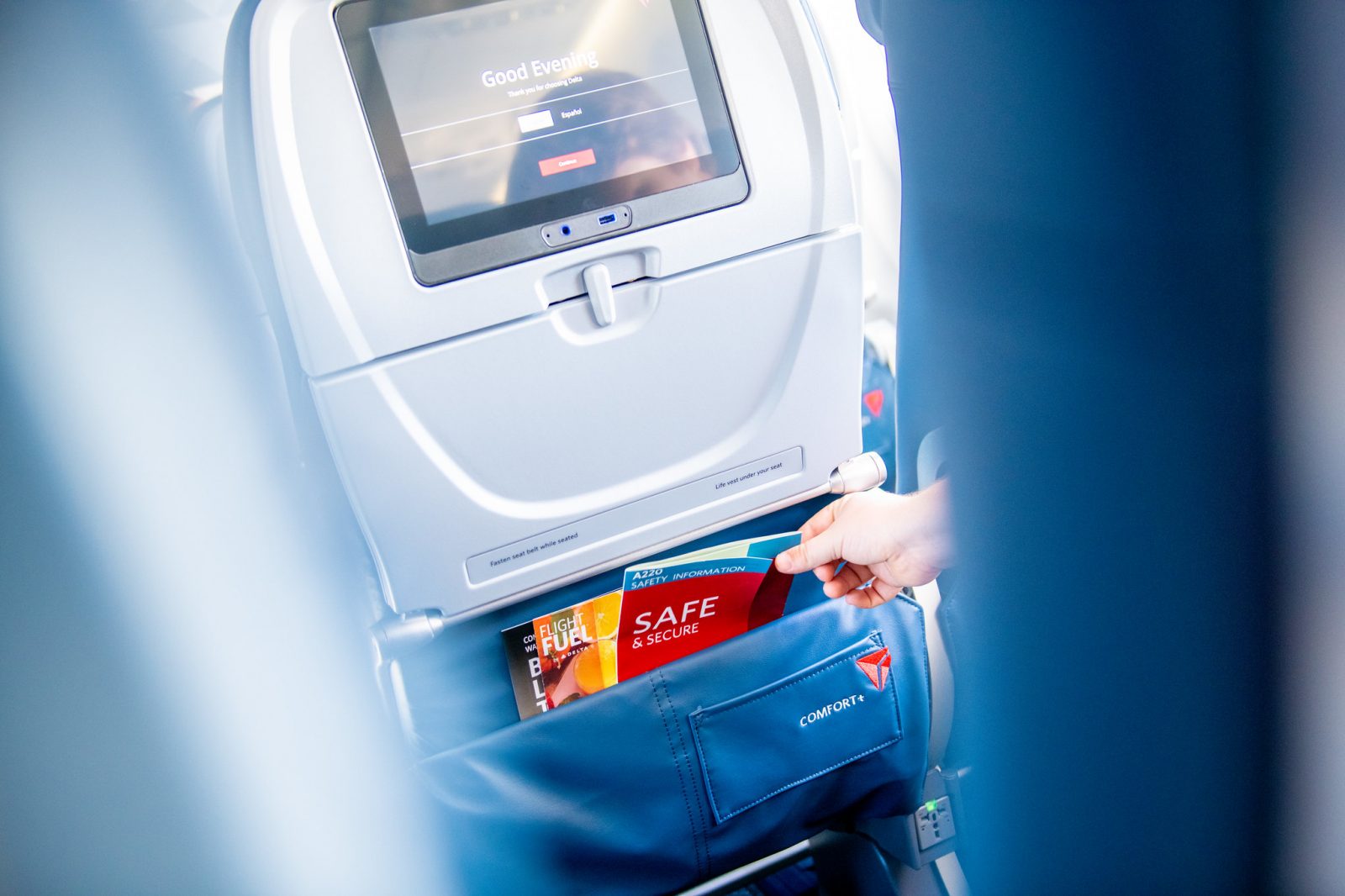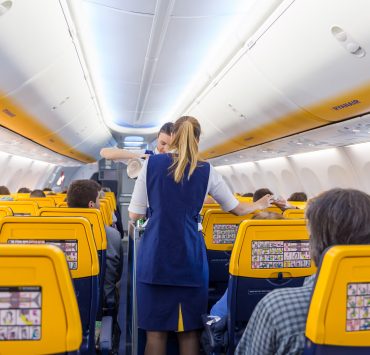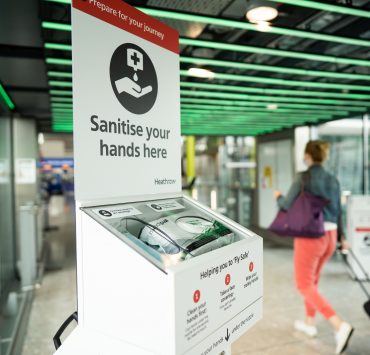
The Federal Aviation Administration (FAA) has not updated aircraft evacuation standards in over 29-years and has failed to conduct sufficient research into how passenger behavior like grabbing hand luggage could affect the current standards. the Inspector General of the U.S. Department of Transport has found.
Responding to a request from the House Transportation Committee to look at how the FAA develops and updates evacuation standards, the watchdog also concluded the agency is failing to collect comprehensive evacuation data and is allowing aircraft manufacturers to use “decade-old” data in their evacuation analyses.
The watchdog pointed to two recent aircraft evacuations that highlighted the need to reexamine evacuation standards including the evacuation of a British Airways Boeing 777-200 at Las Vegas Airport in 2015. In that incident, it took over two minutes to evacuate 157 passengers and 10 crew members – well over the 90-second limit stipulated by the FAA.
That evacuation was hampered by a delay in shutting down the engines which rendered some slides unusable, as well as the insistence of some passengers to grab their hand luggage.
A second incident involving an American Airlines plane the following year saw “numerous problems” in the evacuation including a lack of communication between flight attendants and the pilots, passengers again delaying the evacuation to grab baggage and the failure to shut down an engine.
It took 2 minutes and 11 seconds to evacuate all 161 passengers and 9 crew members.
The FAA, however, hasn’t properly assessed how passenger behavior like stopping to get hand luggage, as well as the presence of emotional support animal and shrinking seat dimensions could affect evacuation standards. Further research is now required the watchdog found.
A failure by the agency to obtain and evaluate data from real-life and simulated accidents is further hampering its ability to identify current evacuation risks and put forward suitable updates to the current standards.
The FAA has accepted two recommendations from the Inspector General’s office but said in an internal memo that the 90-second evacuation target was being overstated because it doesn’t take into account other safety standards that have created “significantly safer” aircraft cabins.
Changes to flammability standards of cabin material, along with improvements to emergency lighting had helped increase “survivability and the amount of time available for successful evacuations, as demonstrated in many accidents,” the memo explained.
The FAA Reauthorization Act of 2018 requires the agency to review current evacuation standards including crew procedures under actual emergency conditions. The FAA is also required to review the impact that shrinking seat sizes could have on an evacuation.
Mateusz Maszczynski honed his skills as an international flight attendant at the most prominent airline in the Middle East and has been flying throughout the COVID-19 pandemic for a well-known European airline. Matt is passionate about the aviation industry and has become an expert in passenger experience and human-centric stories. Always keeping an ear close to the ground, Matt's industry insights, analysis and news coverage is frequently relied upon by some of the biggest names in journalism.









